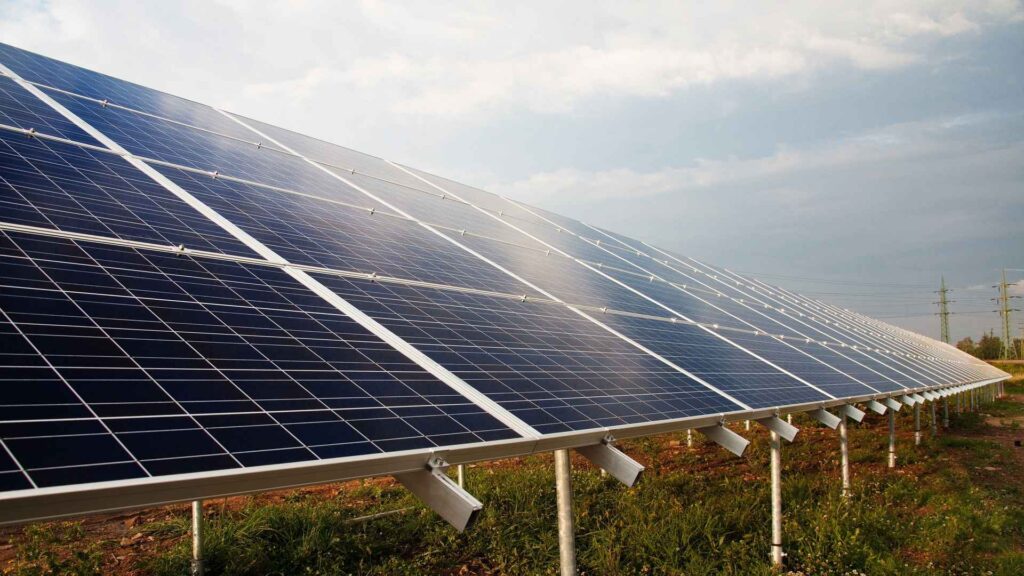Hawaii Solar Tax Credits, Incentives and Rebates 2023
What is a Solar Tax Credit?
In the Aloha State, a solar tax credit is a financial incentive to encourage green energy. It offers a reduction in state or federal income taxes for those investing in Hawaii solar panels. This incentive, part of renewable energy technologies income initiatives, reduces system costs, making solar installation in Hawaii more affordable.
Renewable Energy Technologies Income Tax Credit in Hawaii
Hawaii, known as the Aloha State, actively rewards residents who champion green energy. Their renewable energy technologies income tax credit generously covers up to 35% of equipment and installation expenses for both solar thermal and electric systems. Once your system is up and running within the year, you can avail of a credit cap of $5,000 for electric setups and $2,250 for solar thermal ones.
If the tax credits exceedthe taxpayer’s yearly income tax liability, they can be carried over to future years. Additionally, as of last July, Hawaii introduced an option for taxpayers to claim the credit as a direct refund. However, this option comes at a 30% reduced value, unless specific income conditions are fulfilled.

Federal Investment Tax Credit
Hawaii’s solar panel enthusiasts can benefit from a generous federal tax incentive. The federal solar tax credit offers a 30% reduction on equipment and installation costs for both solar thermal and electric systems. You can claim this credit in the year your system starts operating. If you have leftover credits, you can backtrack a year to use up to 50% or roll them over for up to 15 years. See the details on IRS Form 3468.

How to Calculate Hawaii Solar Tax Credit
Calculating the Hawaii solar tax credit is essential to know how much you can save. Begin by determining the total cost of your solar installation. Then, apply the percentage specified under the renewable energy technologies income tax (RETITC) for that year. For instance, if you installed Hawaii solar panels in 2023, you would apply the Hawaii solar tax credit 2023 rate. These solar tax credits can be combined with the federal solar tax credit, amplifying your savings. By understanding these incentives, you’re one step closer to maximizing green energy benefits in the Aloha State.
Our insights into Hawaii’s solar tax incentives come from the SEIA Guide to Federal Tax Incentives for Solar Energy. For a detailed breakdown, download the guide using the link provided. Always consult a tax expert for personalized advice. You can also e-mail your tax questions to Mimi Hu at Kawahara & Company, CPAs, LLC Certified Public Accountants – for more info. Form 5695 Federal | Form 3468
Please note that these forms are for the 2019 tax year and IRS does not offer the 2020 versions at this time, so they will have to be updated later and each year. Please go to www.irs.gov and tax.hawaii.gov websites to download most current PDF forms.
Estimated Solar Savings in Hawaii
In the Aloha State, harnessing the power of green energy through Hawaii solar panels can lead to significant savings. To estimate your solar savings, consider the cost of your system, then subtract both the Hawaii solar tax and federal solar tax credits. Remember, with renewable energy technologies income tax incentives and solar tax credits, the effective system cost drops considerably. Factor in the reduced electricity bills over time, and the financial benefits of solar installation in Hawaii become even clearer. Embrace solar incentives and see how much you could save money on your energy bills.’
Frequently Asked Questions
What is the cap on Hawaii solar panel tax credit?
In Hawaii, the solar tax credit has a cap. Specifically, for solar thermal and electric systems, the maximum credit is 35% of the equipment and installation costs, limited to $5,000 per system per year ($2,250 for solar thermal). However, always stay updated with the latest state regulations to ensure accuracy.
What is the average cost of solar in Hawaii?
The average cost of solar in Hawaii fluctuates based on factors like system size and installation complexities. On average, it’s been observed that Hawaii tends to have higher solar costs compared to the mainland, mainly due to shipping and demand. It’s best to get a current quote from a trusted solar provider like Rising Sun Solar for precise figures.
What is the size of a typical solar system in Hawaii?
The size of a typical solar system in Hawaii depends on household energy needs. Generally, most homes opt for systems that are between 5kW to 10kW. However, the system size will vary depending on your energy consumption, roof space, and desired savings. Consulting with a solar expert can help determine the perfect size for your needs.
How long to install solar panels in Hawaii?
Installing solar panels in Hawaii typically takes a few days for the actual installation. However, from consultation to completion, it might take anywhere from a few weeks to a few months. This timeframe includes permitting, inspections, and any potential grid interconnection delays. It’s always good to start early to enjoy the benefits sooner.
Get Started Now and always save on Your Energy Bill
We will custom design and install a solar system for your home so you can lock in electricity savings for the next 20 years.